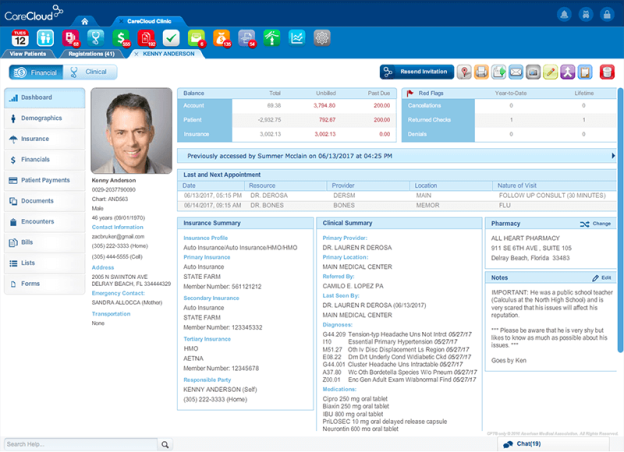In the realm of healthcare administration, the medical billing system stands as a crucial component that ensures the smooth and efficient processing of patient invoices. At its core, the medical billing system encompasses a set of procedures and software applications that facilitate the documentation, submission, and payment of medical claims between healthcare providers and insurance companies. It plays an integral role in the financial operations of healthcare facilities by accurately recording, processing, and tracking the intricate web of medical transactions. As medical billing continues to evolve and adapt in an ever-changing healthcare landscape, understanding its fundamental principles is essential for both healthcare professionals and patients alike.
Overview of Medical Billing System
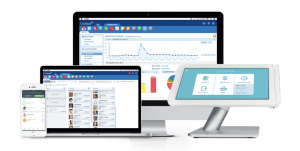
Definition of Medical Billing System
A medical billing system is a software or platform that is used in healthcare facilities to manage and streamline the billing and payment processes. It involves the collection, submission, and processing of healthcare claims to insurance companies, as well as the management of patient information, payment tracking, and revenue management. The system enables healthcare providers to effectively and efficiently manage their billing operations, ensuring timely and accurate reimbursement for the services they provide.
Importance of Medical Billing System
The importance of a medical billing system cannot be overstated in the healthcare industry. It plays a crucial role in ensuring that healthcare providers are appropriately reimbursed for the services they offer. A well-functioning medical billing system not only improves the revenue management of healthcare facilities but also enhances their operational efficiency and overall financial health. It helps to minimize errors, reduce claim rejections, and optimize the billing and payment processes, leading to increased revenue and improved patient satisfaction.
Key Features of Medical Billing System
A comprehensive medical billing system should encompass various key features to effectively handle the complex billing and payment processes in healthcare facilities. These features include patient information management, insurance verification, coding and documentation, charge capture and entry, claims submission, payment processing, accounts receivable management, and reporting and analytics. Each of these components plays a vital role in ensuring a smooth and efficient billing process, from the point of care to reimbursement.
Components of a Medical Billing System

Patient Information Management
Patient information management is a crucial component of a medical billing system. It involves maintaining accurate and up-to-date patient data, including personal information, medical history, insurance details, and billing information. This component enables healthcare providers to easily access patient information, verify insurance coverage, and ensure accurate coding and billing for services rendered.
Insurance Verification
Insurance verification is an essential step in the medical billing process. It involves verifying the insurance coverage and benefits of patients to determine their eligibility for healthcare services. A medical billing system streamlines this process by automatically verifying insurance information, identifying coverage limitations, and ensuring accurate billing based on the patient’s insurance plan.
Coding and Documentation
Accurate coding and documentation are critical for proper reimbursement in medical billing. The coding and documentation component of a medical billing system helps healthcare providers generate compliant and accurate medical codes for procedures and services rendered. It ensures that the correct codes are assigned based on the patient’s diagnosis and procedures performed, which are then used for claim submission and reimbursement.
Charge Capture and Entry
Charge capture and entry refer to the process of recording and documenting the charges for healthcare services provided to patients. This component of a medical billing system ensures that all services are accurately recorded, including procedures, tests, medications, and supplies. It streamlines the charge entry process, minimizing errors and omissions, and facilitating the generation of billing statements and claims.
Claims Submission
Claims submission is a crucial step in medical billing, where healthcare providers submit claims to insurance companies for reimbursement. A medical billing system simplifies this process by electronically submitting claims to payers, ensuring timely and accurate submission. It identifies and fixes any errors or omissions before claims are submitted, reducing the likelihood of claim rejections and denials.
Payment Processing
The payment processing component of a medical billing system facilitates the collection and processing of payments from both insurance companies and patients. It automates payment posting, tracks and reconciles payments, and generates detailed reports of payment transactions. This component ensures that payments are accurately recorded and helps healthcare providers manage their accounts receivable efficiently.
Accounts Receivable Management
Accounts receivable management is a critical component of a medical billing system that focuses on tracking and collecting payments owed to healthcare providers. It enables proper management of outstanding balances, facilitates the resolution of billing disputes, and streamlines the process of following up on unpaid claims. This component provides healthcare facilities with valuable financial insights and helps optimize revenue management.
Reporting and Analytics
Reporting and analytics are essential features of a medical billing system, providing valuable insights into the financial performance and operational efficiency of a healthcare facility. The system generates various reports and analytics, including revenue reports, claim status reports, denial trends, and reimbursement analysis. These insights help healthcare providers identify areas for improvement, optimize billing processes, and make informed business decisions.
Benefits of Using a Medical Billing System
Increased Efficiency and Accuracy
One of the significant benefits of using a medical billing system is increased efficiency and accuracy in the billing process. Automation of manual tasks, such as data entry, claim submission, and payment posting, significantly reduces the likelihood of errors and improves overall efficiency. The system ensures that accurate and complete information is captured, minimizing the chances of claim rejections and denials.
Improved Revenue Management
A well-implemented medical billing system can have a significant impact on revenue management for healthcare facilities. It helps optimize the billing process, reduce claim processing times, and expedite reimbursement. By streamlining revenue cycles, healthcare providers can ensure quick and timely payments, leading to improved cash flow and revenue optimization.
Enhanced Billing and Claims Processing
Efficient billing and claims processing are critical for both healthcare providers and patients. A medical billing system simplifies and standardizes these processes, ensuring accurate coding, timely claim submission, and prompt reimbursement. It minimizes manual errors and eliminates the need for tedious paperwork, enabling faster processing of claims and ultimately improving the revenue cycle for healthcare facilities.
Streamlined Communication and Workflow
Implementing a medical billing system enables seamless communication and collaboration among various stakeholders involved in the billing and payment processes. It facilitates clear and timely communication between medical coders, billing specialists, insurance companies, and patients, ensuring accurate and efficient handling of claims. This streamlined communication and workflow lead to improved overall efficiency and reduced administrative burden.
Compliance with Billing Regulations
Medical billing involves adhering to numerous billing regulations and coding guidelines, such as those set by government agencies and insurance companies. A medical billing system ensures compliance with these regulations by automating coding and billing processes, reducing the likelihood of errors and non-compliant practices. It helps healthcare providers avoid penalties and audits while ensuring ethical and compliant billing practices.
Types of Medical Billing Systems

In-House Medical Billing Systems
In-house medical billing systems are software solutions implemented and managed by healthcare facilities internally. These systems are typically installed on-premises and require the healthcare facility to handle all aspects of system maintenance, updates, and security. In-house medical billing systems offer more control and customization options but require significant investment in infrastructure and resources.
Outsourced Medical Billing Services
Outsourced medical billing services involve the outsourcing of billing processes to a third-party billing company or service provider. These companies specialize in medical billing and offer comprehensive billing services, handling the entire billing process on behalf of the healthcare facility. Outsourcing medical billing allows healthcare providers to minimize administrative costs, access specialized expertise, and focus on patient care.
Cloud-Based Medical Billing Systems
Cloud-based medical billing systems are web-based software solutions that are hosted and managed by a service provider on remote servers. These systems offer healthcare providers the flexibility to access and manage their billing operations from any location with an internet connection. Cloud-based systems typically require lower upfront costs, as there is no need for extensive hardware infrastructure, and offer scalability and easy integration with other healthcare software.
Key Considerations when Choosing a Medical Billing System
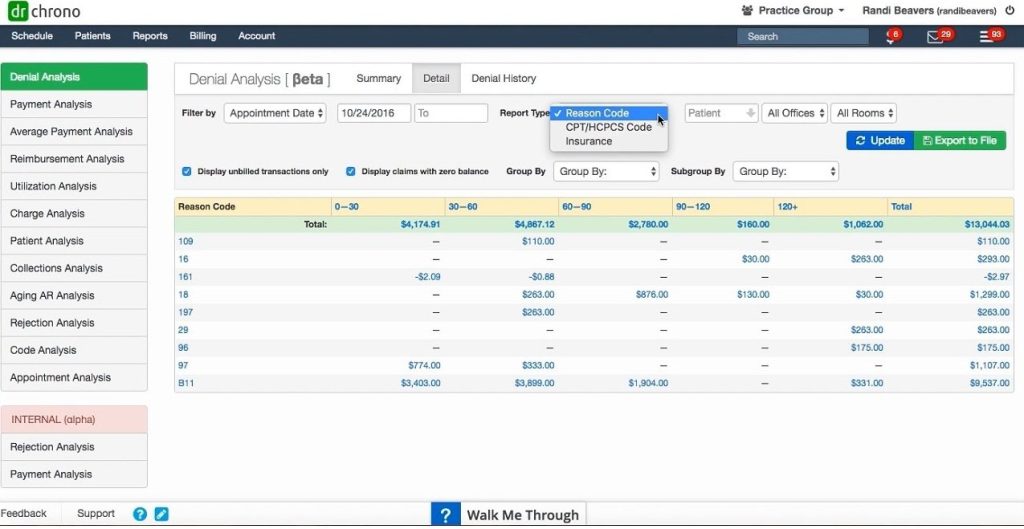
This image is property of www.altexsoft.com.
Budget and Cost-effectiveness
When choosing a medical billing system, budget and cost-effectiveness are crucial factors to consider. Healthcare facilities should assess the total cost of ownership, including upfront costs, ongoing fees, and any additional expenses associated with the system. It is essential to evaluate the return on investment, considering the system’s potential to improve revenue, streamline operations, and reduce costs in the long run.
Customization and Integration
Healthcare facilities have different requirements and workflows, making customization and integration capabilities important considerations. A medical billing system should be customizable to meet the specific needs of the facility, allowing for tailored workflows and processes. It should also integrate seamlessly with other healthcare software, such as electronic health records (EHR) systems, to enable efficient data exchange and streamline workflows.
User-Friendliness and Training
User-friendliness and training are critical aspects when choosing a medical billing system. The system should have a clear and intuitive interface, making it easy for healthcare staff to navigate and use effectively. Adequate training and support should be provided by the vendor to ensure that users are proficient in using the system and can maximize its capabilities.
Security and Compliance
Security and compliance are paramount in the healthcare industry, especially when handling sensitive patient information. A medical billing system should adhere to industry standards and regulations regarding data security and patient privacy, such as HIPAA. It should have robust security measures in place, including data encryption, user access controls, and regular system audits.
Scalability and Flexibility
Healthcare facilities should consider the scalability and flexibility of a medical billing system to accommodate their future growth and changing needs. The system should be able to handle increased volumes of data and transactions without compromising performance. It should also offer flexibility in terms of adding new features or functionalities as the facility’s requirements evolve over time.
Common Challenges in Implementing a Medical Billing System

Transition and Adoption Issues
Transitioning to a new medical billing system can be challenging for healthcare facilities. It requires proper planning and preparation, along with effective change management strategies. Resistance to change and the learning curve associated with a new system can hinder the successful implementation and adoption of the system. Adequate training and support are essential to ensure a smooth transition and maximize user acceptance.
Data Conversion and Migration
Converting and migrating existing data to a new medical billing system can be a complex process. Ensuring data integrity and accuracy during the conversion process is crucial to avoid disruptions in billing and payment processes. Healthcare facilities should carefully plan and execute data migration, ensuring thorough testing and validation before the system goes live.
Staff Training and Education
Proper staff training and education are vital for the successful implementation and use of a medical billing system. Healthcare staff, including medical coders, billing specialists, and administrative personnel, need to be proficient in using the system to its full potential. Training programs should be tailored to the specific roles and responsibilities of staff members, covering system functionalities, coding guidelines, and billing practices.
Technical Issues
Technical issues can arise during the implementation and use of a medical billing system. These may include system downtime, software glitches, or compatibility issues with other healthcare software systems. Healthcare facilities should have a robust technical support infrastructure in place, ensuring prompt resolution of any technical issues that may arise.
Billing and Coding Errors
Even with the implementation of a medical billing system, billing and coding errors can still occur. Human errors, system glitches, or inaccuracies in documentation can lead to claim denials, delays in payment, and revenue loss. Healthcare facilities must have proper checks and balances in place, including regular audits and quality assurance processes, to identify and correct billing and coding errors.
Future Trends in Medical Billing Systems
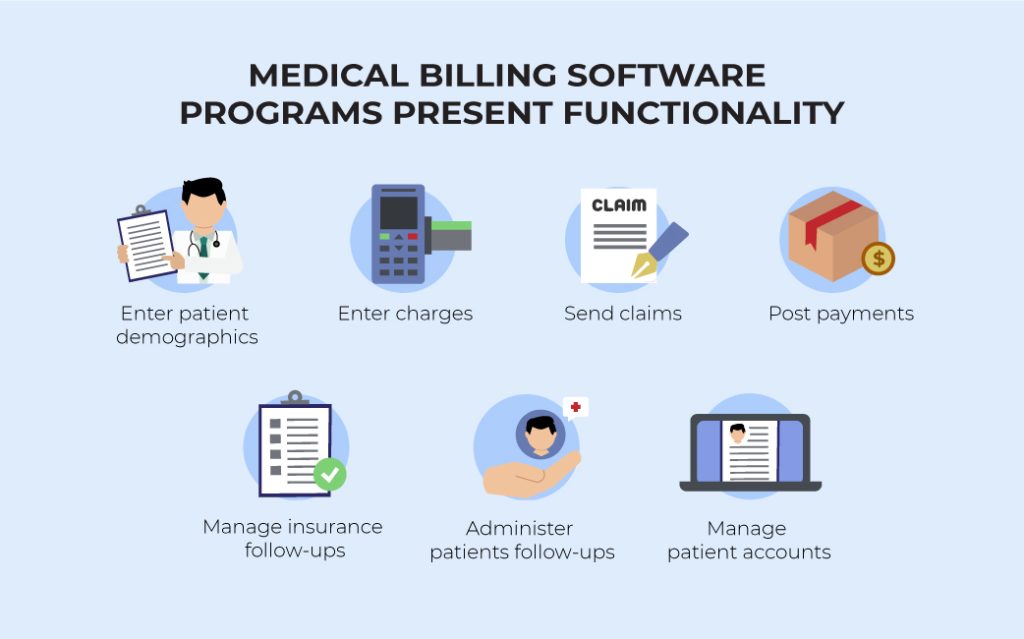
This image is property of codeit.us.
Integration of Artificial Intelligence
The integration of artificial intelligence (AI) is set to revolutionize medical billing systems. AI-powered systems can automate coding processes, improve claim accuracy, and predict reimbursement outcomes. They can analyze vast amounts of data, identify patterns, and make intelligent suggestions for coding and billing practices, enhancing efficiency and reducing errors.
Automation of Manual Processes
Automation will play a significant role in streamlining medical billing processes. Manual tasks, such as data entry, claim submission, and payment posting, will be automated, reducing administrative burden and minimizing the likelihood of errors. Robotic process automation (RPA) and intelligent automation will optimize workflow, leading to increased productivity and faster reimbursement.
Integration with Electronic Health Records
The integration between medical billing systems and electronic health records (EHR) will become more seamless. This integration will enable real-time data exchange, improve accuracy in coding and billing, and enhance patient information management. The interoperability between these systems will streamline workflows and eliminate duplicate data entry, improving overall efficiency.
Data Analytics for Predictive Billing
Data analytics will play a crucial role in predicting billing outcomes and optimizing revenue management. Medical billing systems will leverage advanced analytics tools to analyze historical billing data, claims trends, and reimbursement patterns. This data-driven approach will enable healthcare providers to identify opportunities for revenue improvement, mitigate risk, and make data-informed business decisions.
Enhanced Security and Privacy Measures
With the increasing importance of data security and patient privacy, future medical billing systems will focus on enhanced security measures. This includes stricter access controls, encryption of data at rest and in transit, and continuous auditing and monitoring of the system. The integration of blockchain technology may also be explored to further enhance data security and privacy.
Conclusion
In conclusion, a medical billing system is a vital tool for healthcare facilities to efficiently manage their billing and revenue processes. It incorporates various components, such as patient information management, insurance verification, coding and documentation, claims submission, payment processing, accounts receivable management, and reporting and analytics. The use of a medical billing system offers numerous benefits, including increased efficiency and accuracy, improved revenue management, enhanced billing and claims processing, streamlined communication and workflow, and compliance with billing regulations. Healthcare providers can choose from different types of medical billing systems, including in-house systems, outsourced services, and cloud-based systems, considering factors such as budget, customization, user-friendliness, security, and scalability. While implementing a medical billing system may present challenges, such as transition issues and data conversion, with proper planning and staff training, these challenges can be overcome. The future of medical billing systems is promising, with trends such as integration of artificial intelligence, automation of manual processes, improved integration with electronic health records, advanced data analytics, and enhanced security and privacy measures. As technology continues to advance, medical billing systems will continue to evolve, providing healthcare facilities with efficient, accurate, and secure billing processes.
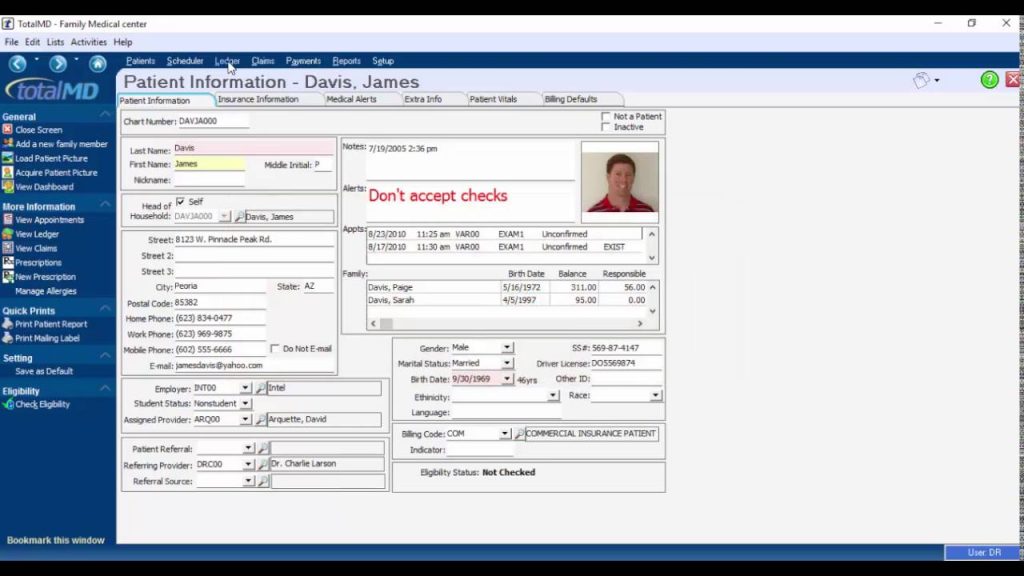
This image is property of i.ytimg.com.
